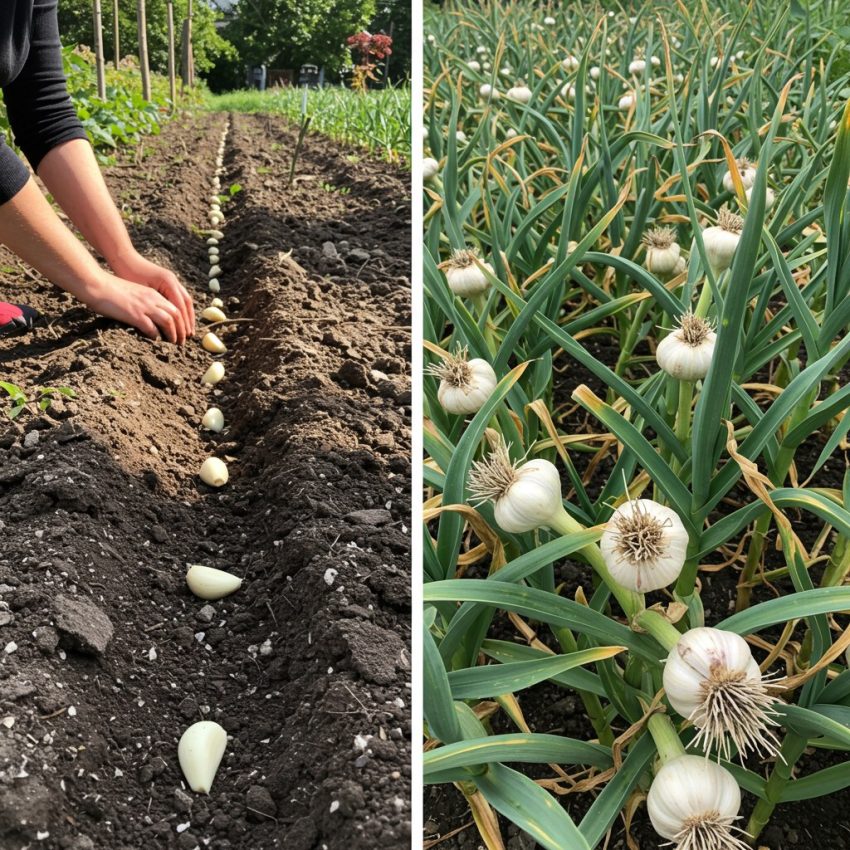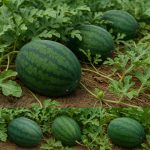ADVERTISEMENT
Understanding Garlic’s Growth Requirements
Before delving into the specifics of enhancing your garlic yield, it’s crucial to grasp the fundamental needs of this plant. Garlic thrives in well-drained soil with a pH level between 6.0 and 7.0. It prefers a sunny location where it can soak up at least six hours of direct sunlight each day. The right conditions set the stage for a bumper crop, but there’s more you can do to double your harvest.
Soil Preparation: The Foundation of Success
One of the most impactful ways to boost your garlic yield is by preparing the soil adequately before planting. Start by choosing a location that hasn’t been used for garlic or other alliums in the past three years to prevent disease buildup. Once you’ve selected a suitable spot, enrich the soil by incorporating organic matter such as well-rotted manure or compost. This addition improves soil structure, enhances nutrient content, and promotes healthy root development.
Another critical step is to ensure proper drainage. Garlic does not thrive in waterlogged conditions, which can lead to root rot and reduced yields. If your soil is heavy clay, consider amending it with sand or planting garlic in raised beds to improve drainage.
Fertilization: Providing Essential Nutrients
Garlic is a heavy feeder, requiring ample nutrients to support its growth and development. Before planting, conduct a soil test to determine nutrient levels and identify any deficiencies. Based on the results, apply a balanced fertilizer with a higher phosphorus content, as this nutrient is crucial for root development. Bone meal or rock phosphate are excellent organic options that can be worked into the soil prior to planting.
In addition to the pre-planting application, plan for a side dressing of fertilizer in the spring when the garlic begins to emerge. This boost will provide the necessary nutrients to sustain vigorous growth through the season.
Choosing the Right Garlic Variety
The type of garlic you plant can also influence your yield. Hardneck varieties are known for their complex flavors and are easier to peel, while softneck varieties generally produce more cloves per bulb, potentially increasing your overall harvest. Select a variety that suits your climate and personal preferences, and ensure you are planting fresh, disease-free seed garlic.
Local farmers’ markets or reputable online suppliers are excellent sources for high-quality seed garlic. Avoid using supermarket garlic for planting, as it may be treated with chemicals to prevent sprouting and may not be suited to your local growing conditions.
ADVERTISEMENT


